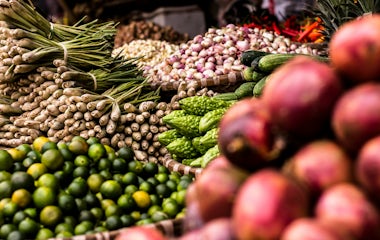Inclusive Business Model Analysis: Sierra Agra, Sierra Leone
Beyond the low hanging fruit – how Sierra Agra seeks to scale up its sustainable fruit juice operations in Sierra Leone
Mango supplies in Sierra Leone are abundant. Every year 80%[1] of the annual mango production goes to waste due to little local demand; few international buyers; poor post-harvesting practices; and nearly non-existent processing and transportation infrastructure. Next to mango, Sierra Leone harbors excellent conditions to grow pineapple, coconut, and other high-value fruits. At the same time, farming communities growing these fruits are some of worlds’ poorest – Sierra Leone ranking 181st out of 189 countries on the Global Human Development Index[2]. There is a clear opportunity for sustainable investment in the sector – capturing value that goes to waste, while improving the livelihoods of rural communities in Sierra Leone.
Recognizing that opportunity, Sierra Agra Sierra Leone (SASL) – an organic and fair-trade certified fruit juice buying, processing and exporting company – has been sourcing mangoes since 2016, and later pineapple and coconut from smallholders across the country.
In 2018, SASL, together with IDH, Woord en Daad, and Fairmatch Support (FMS) launched the project ‘Juice worth the Squeeze’. The central objectives include improving the structure of sourcing and the delivery of services to smallholder farmers and expanding the mango, pineapple and coconut sourcing base from 3,500 to 7,000 smallholder farmers – ensuring that Sierra Agra’s business model is both resilient and inclusive.
This SDM (Service Delivery Model) analysis has been used to optimize these structures and to better inform the design of the Juice worth the Squeeze project going forward. Next to assessing the business case for farmers and SASL, one of the key questions the analysis shed light on is what are viable investments to improve the utilization-rate of the processing facilities? Multiple investment options, ranging from diversifying the crop portfolio, investing in cold storage and installing ripening chambers have been explored and analyzed.
[1] Figures provided by SASL
Related Resources



Your Insights Hub journey has just started
Sign up here for access to updates - and industry insights and innovation - from the Smallholder Inclusive Business Newsletter.